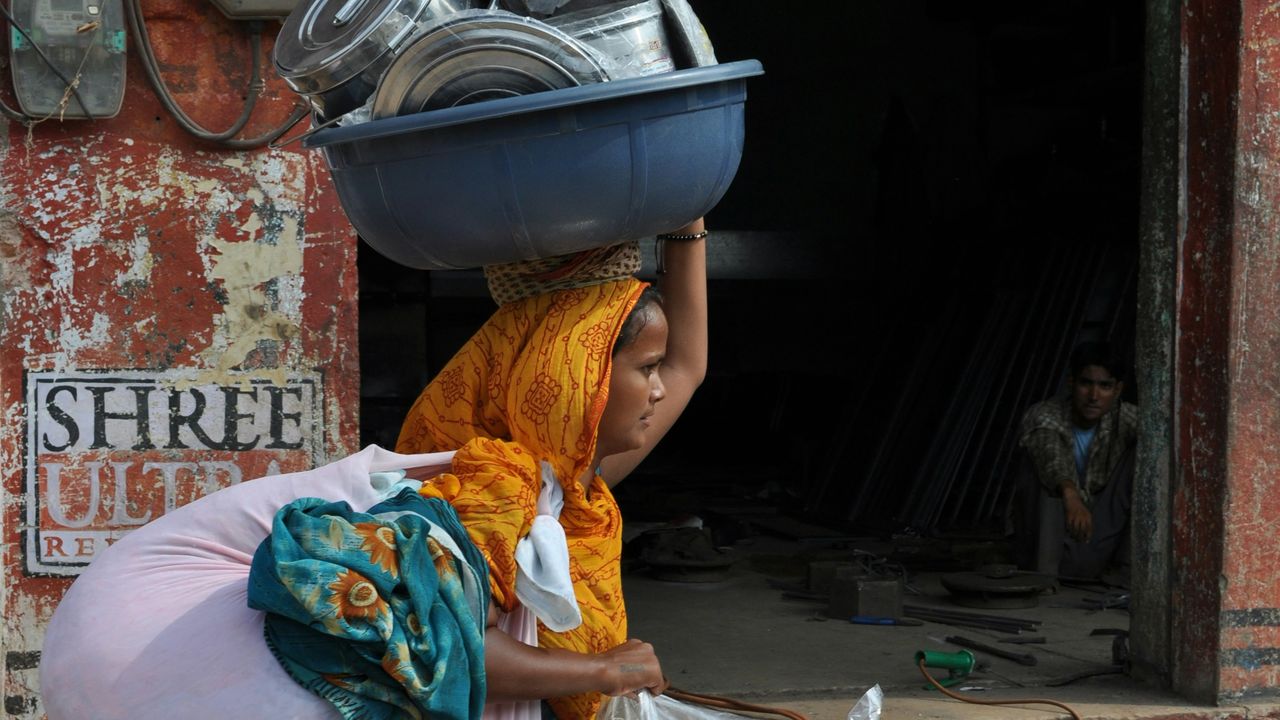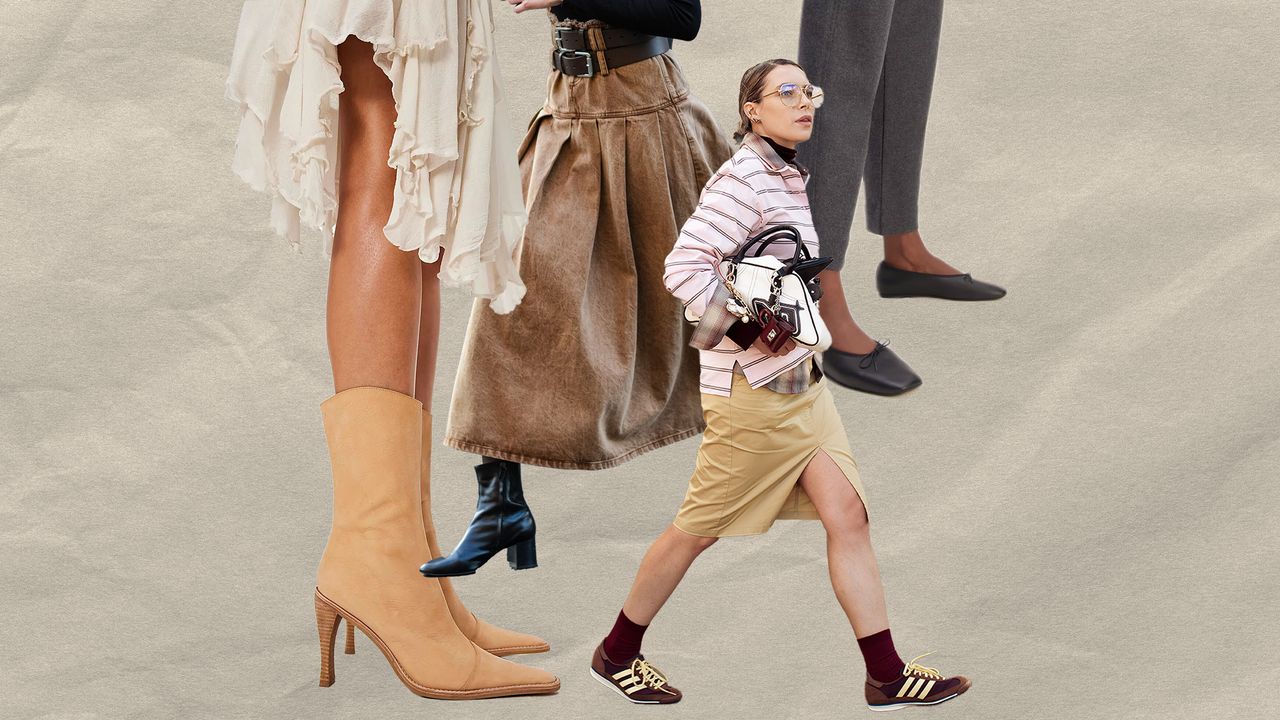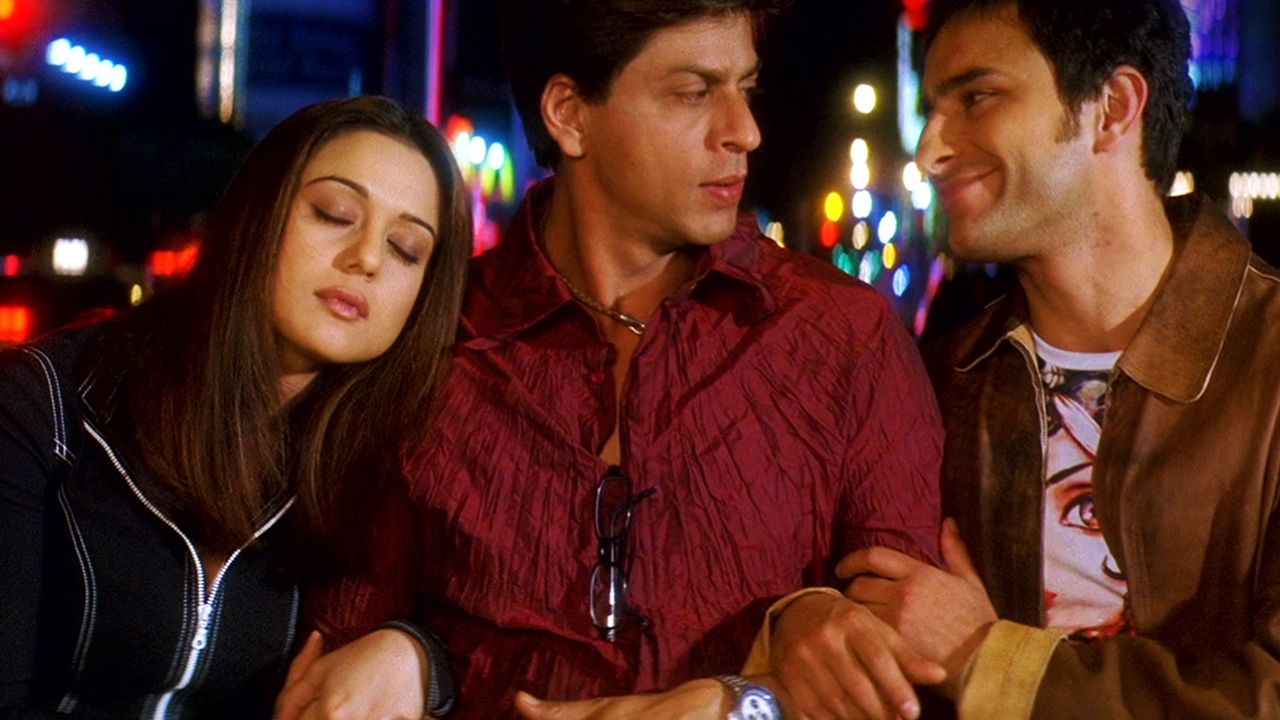Blog
The Delhi thrift market boom rests on the backs of women cloth recyclers

Somewhere between a fast fashion surplus haul and a ‘Thrift Flip’ Instagram reel, the Delhi thrift market and second-hand economy is a world of contrasts. Crumpled tags are showcased as fashion statements, and every ₹80 dress comes with a sustainability hashtag and a soft, vintage-style filter. Thrifting, once a compulsion of class, rebranded itself as cool. But in Raghubir Nagar in West Delhi, thrift is stitched into the streets—old clothes flow across boundary walls, dry on roadside fences and drape over jhuggis.
Here, circular fashion isn’t a lifestyle—it’s a livelihood. It begins with migrants from Gujarat’s Devipujak community—also known as Waghri, a historically nomadic caste group that was once listed under the British-era Criminal Tribes Act. Though denotified post-Independence, stigma persists; in Gujarat, ‘Waghri’ is still used as a slur. Many in the community have long sustained themselves through the informal cloth trade, going door to door to collect old garments in exchange for utensils.
Gauri Ben, 36, is one of them—a pherewali whose marketplace is Delhi’s manicured, gated colonies. “I don’t even remember when I started,” she says. “Ever since I was a child, I’ve been doing this. We’d go on pheris with our mothers, then help them mend the clothes afterwards. This is the only work we’ve ever known.”
In a country where more than a million tonnes of textiles are discarded annually, the labour of women like Gauri forms an invisible infrastructure that helps households offload old clothes. “While textile waste generated from factories is easier to manage, the real challenge lies in post-consumer waste—the clothes that have already been worn,” says Ina Bahuguna, Program Manager at the Estonia-based Reverse Resources, a global platform that tracks and connects textile waste from factories to recyclers. “One of the few ways our informal systems respond to this crisis is through the labour of women who have been doing this work for generations.”
These second-hand textiles feed into Delhi’s export channels and weekly haats, sustaining a steady resale economy for the city’s poor for nearly a century. Even today, nearly 1,500 women continue to work in this informal yet organised ecosystem.
By 11am, Gauri is halfway through her route. Her day begins at utensil shops in Raghubir Nagar, where she picks up steel pots, ceramic bowls or bone china to barter for clothes. With her dupatta pulled tight and a growing bag slung over her shoulder, she moves from one stop to the next. Then, in groups, she and other pheriwalis board shared autos and head out to Delhi’s gated colonies in places like Rajouri Garden, Janakpuri, Paschim Vihar, Punjabi Bagh, among others. Gauri knows which doors to knock on: homes with a history of generous giveaways, ‘madams’ who are regulars and whom she’s built trust with, or families mid-way through a seasonal wardrobe purge.












